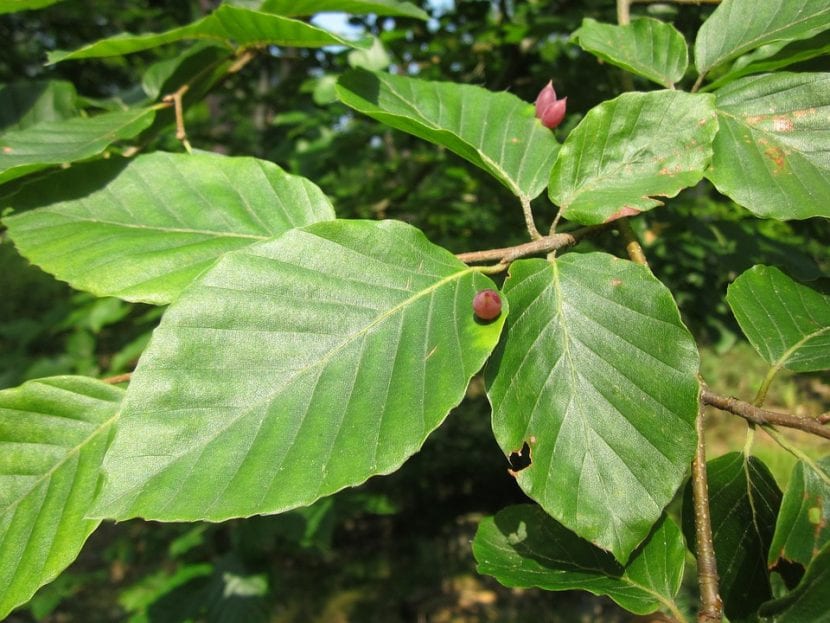
El beech, whose scientific name is Fagus sylvatica, is one of the most popular and impressive trees that inhabit the temperate and continental forests of Europe. It is one of the most important protagonists of the autumn season, since its leaves are dyed red or orange depending on the variety.
With a height of 40 meters, it grows vertically if it is in groups, or it branches at a very young age if it is isolated. But, How do you take care of yourself?
Origin and characteristics
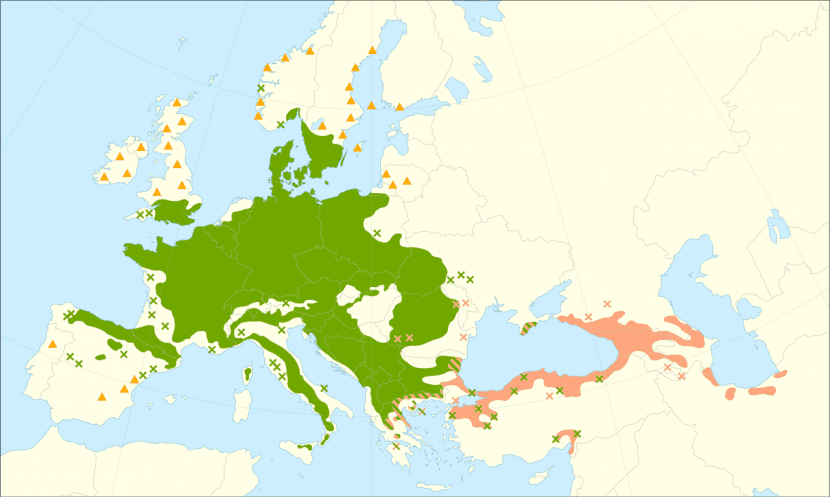
Image - Wikimedia / Giovanni Caudullo
Our protagonist it is a deciduous tree originally from Europe. In Spain we can find it only in the extreme north of the Iberian Peninsula, and in an isolated way more towards the center. As we said, it usually reaches a height of 40 meters, but the normal thing is that in cultivation it does not exceed 15 or 20 meters.
Its crown is made up of simple leavesYou alternate if the specimen is young, green or purple, which change to bright yellow or red in autumn before falling. The branches may be slightly bowed downwards, or be very bowed with some leaves touching the ground depending on the subspecies or cultivar.
It is monoecious; namely, there are female feet and male feet. The female flowers come out in groups of one to three, sometimes four, on a grayish-brown peduncle; and the male ones sprout in globose inflorescences. The fruit, shaped like an open dome, contains one to three seeds, also called beechnuts.
It has a slow growth, but it is very long-lived. His motto seems to be: slow, but sure. In fact, their life expectancy is 300 years.
Varieties
There are several that are very interesting:
- Fagus sylvatica 'Atropurpurea': has purple leaves all season.
- Fagus sylvatica 'Albovariegata': the leaves are green, with yellow margins.
- Fagus sylvatica 'Fastigiata': it has a columnar bearing, and rarely exceeds 20 meters high and 3m wide.
- Fagus sylvatica 'Pendula': weeping demeanor. The branches are drooping, and it does not grow more than 25m.
What are their cares?
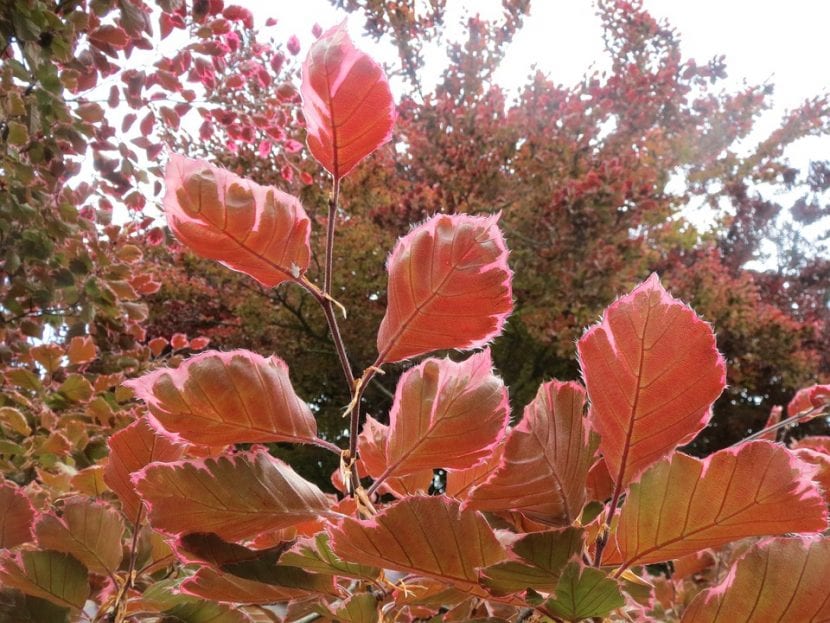
If you want to have a copy, we recommend that you provide it with the following care:
Climate
The cultivated beech is a very resistant species. However, in order for it to develop properly requires temperate or continental climates with cold winters, high humidity.
Location
The Fagus sylvatica has to be outside, in semi-shade. If it is grown in the Mediterranean, it is also important that it is protected from the sea wind, otherwise the leaves would spoil.
Due to its characteristics, it has to be planted at a minimum distance of 10 meters from pipes, paved soils, large plants, etc.
Earth
- Garden: it requires that the soil does not have a tendency to waterlogging (as happens with clay), fertile and acidic, with a pH between 4 and 6.
- Flower pot:
- In temperate-cold climates: plant in substrate for acid plants or mulch.
- In warm-temperate climates: plant in volcanic sand, such as akadama with 30% kiryuzuna or similar.
Irrigation
It is a tree that does not support drought or waterlogging. During the summer it requires very frequent waterings, trying as much as possible to prevent the soil or substrate from drying out completely; The rest of the year, although the frequency of waterings will have to be reduced, it will have to be given a moderate watering.
To prevent the roots from rotting or drying out, you can check the humidity of the soil before proceeding to add water. To do this, simply insert a thin wooden stick: if it comes out practically clean when you extract it, you will have to water it.
It is important to use rainwater, without lime or, failing that, acidified tap water (here you have information on how to lower the pH of the water).
Subscriber
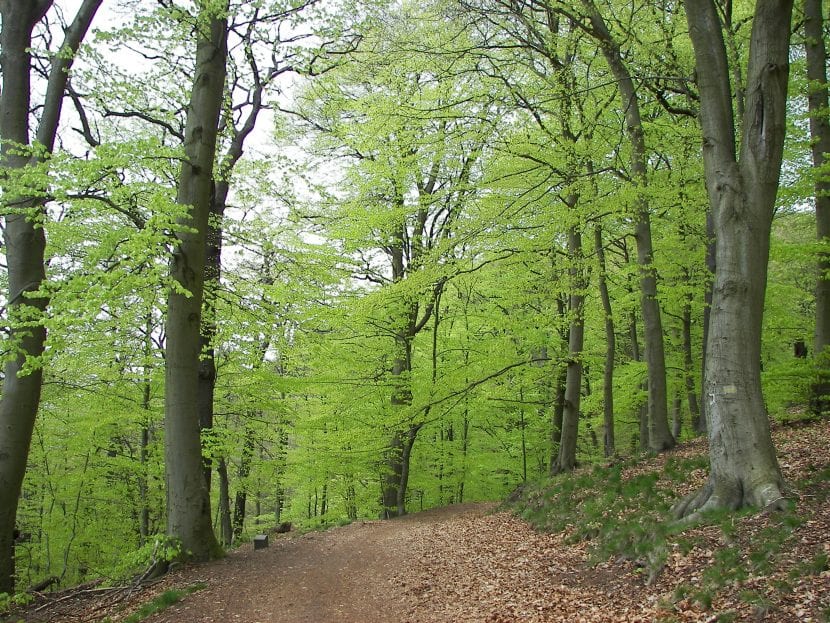
Besides water, the beech needs 'food' to be perfectly healthy. If not fertilized, sooner or later it would become very vulnerable to insects that cause pests and microorganisms (viruses, bacteria, fungi) that cause diseases.
But of course, in the market we find a great variety of Fertilizers. Which is the best for this plant? Well, either is fine if used correctly, although the organic They are undoubtedly a safe bet since with them you will fertilize, not only the plant, but also the garden if you have it planted in the ground.
Another option is to use compound (chemical) fertilizers, like this one they sell here for acidic plants, following the indications specified on the package.
Multiplication
It reproduces quite easily by seeds, if these are fresh (just picked from the tree). If the winter is cold, they can be sown directly in the seedbed and in spring they will germinate; If this is not the case, to guarantee a higher germination percentage, we must stratify them for two-three months in the refrigerator at about 6º, and in spring sow them in pots following this step by step:
- First, a tupperware is filled with previously moistened vermiculite.
- Then the seeds are sown and covered with vermiculite (or buried a bit with the existing one).
- Afterwards, sprinkle with copper or sulfur. This will prevent fungi from damaging the seeds.
- The next step is to close the tupperware and put it in the fridge, in the section for cold cuts, milk, etc.
- Once a week for three months, the tupperware must be removed and opened to renew the air.
- In spring, the seedbed is filled, such as trays or pots, with substrate for acidic plants.
- The seeds are then placed on the surface and covered with a thin layer of substrate.
- Finally, the seedbed is watered and placed outside, in semi-shade.
They will germinate throughout the spring.
Planting or transplanting time
In spring, when the risk of frost has passed.
Rusticity
It resists frosts of up to -18ºC, but it does not live in tropical climates. Its ideal temperature range is 30ºC maximum and -18ºC minimum.
Can it be grown in hot climates? My experience
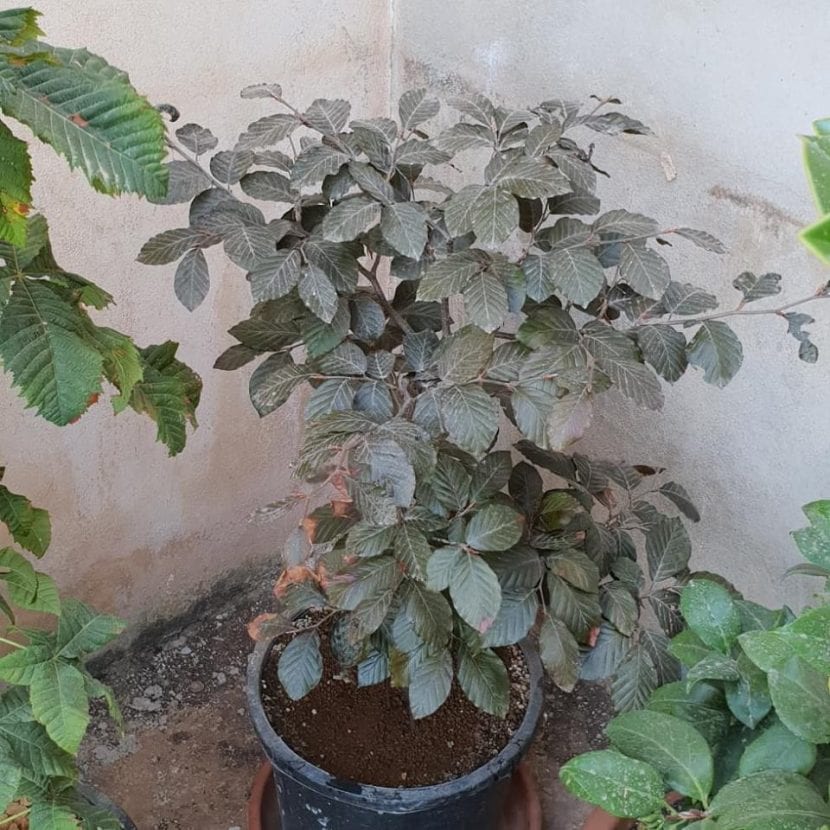
Fagus sylvatica 'Atropurpurea', from my collection. Photo of August 2, 2018.
We have said that it is not a tree for climates without frost, but the truth is that with a minimum of care it can live well in the Mediterranean coast. In my area, the minimum temperature is -1,5ºC and the maximum is 38ºC, and although it is true that it grows slowly, there it is. Every year it gets prettier and prettier.
If you live in an area with a similar climate, I recommend that you plant it in akadama, that you water it a lot in summer and somewhat less in autumn-winter, and that you don't forget to pay it throughout the growing season.. In this way, it will take leaves and it will become beautiful. Of course, you may never be able to plant it in the ground, but fortunately in nurseries we find huge pots up to 1 meter in diameter for almost the same depth 😉.
Of course, a pot will never be the same as the ground, but ... when you want to do this type of experiment and it turns out well, in the end there is no other option than to plant it in containers, because the other option (to give it to botanical gardens), simply Sometimes they are not an option because of the affection that they get; and obviously, they are not going to dry out either.
What is beech for?
Ornamental
It is a tree of great beauty that provides good shade as it grows. It is interesting to have it as isolated specimen to be able to enjoy it better.
Food
Beechnuts are used as food for livestock.
Medicinal
- Leaves: used to treat colds, bronchitis, flu, pharyngitis and stop diarrhea.
- Creosote: it is obtained from the dry distillation of the branches, which is astringent, analgesic, antitussive, antipyretic and expectorant.
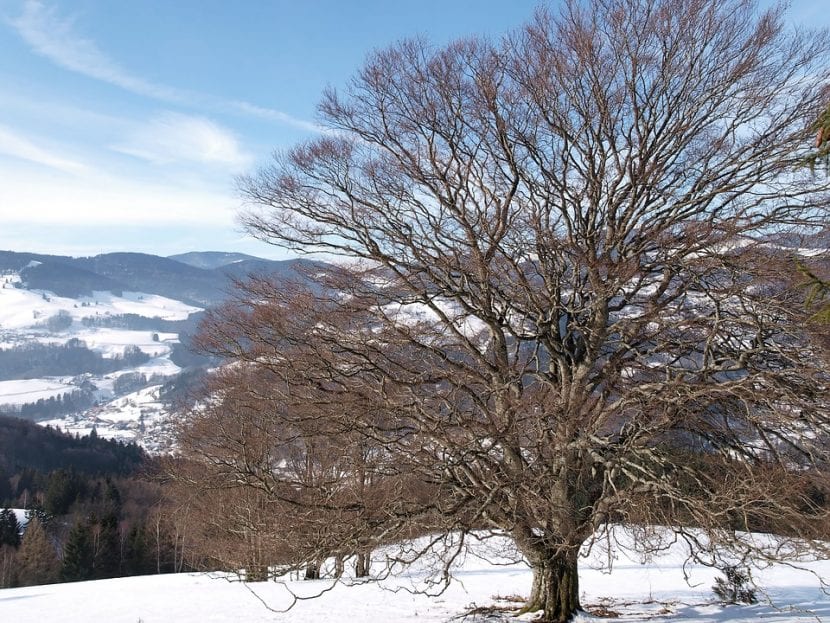
It is a pretty tree even in winter, don't you think? Can you imagine having one in your garden? It is not too demanding. Although, yes, it needs enough space to grow properly.
The beech is one of those trees that they can make you fall in love just by looking at them once.
Beautiful tree, but where can I get to buy seeds
Hello Jenny.
On pages like Ebay you will find the seeds you are looking for.
a greeting
Hello Monica, I am interested in knowing about the root of the beech tree, since I am in love with this tree and I would like to plant it on my sidewalk, what I would not like is that its roots later break everything like other species.
regards
Alejandra
Hi Alejandra.
Beech roots are powerful, and they can break up soil and so on.
A greeting.
Good morning, I am happy to receive this publication from Jardoneriaon, it is very useful. I am going to ask you if you can tell me where to buy a Beech and an Acer Opalus. Thanks in advance for regularly sending me this high-quality support. Thanks
Hello Eduardo.
We are glad to hear that you like the blog.
Regarding your question, I recommend looking for those trees in online nurseries, or on ebay.
A greeting.
Hello, I have some beech seeds in a glass of water, I would like to know how many times a week I have to water them, greetings.
Hi Vincent.
I recommend you plant them in a tupperware, for example with vermiculite, and keep them in the fridge for 3 months. In this way, they will be able to germinate better. Here it explains how to do it step by step.
Now, if the winters in your area are cold, with frosts, you can plant them in individual pots and let nature take its course.
Once they have germinated, the substrate must be kept moist but not flooded.
Regards!
I fell in love with this tree as soon as I saw it. Thanks for the information to take care of it. I have present. It is on the ground, isolated and away from housing or floors. My grandchildren will sit in its shadow.
Sinuhe
You will surely enjoy / enjoy it a lot. It's an amazing tree 🙂